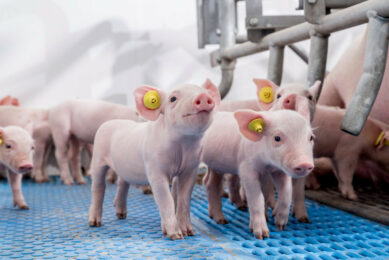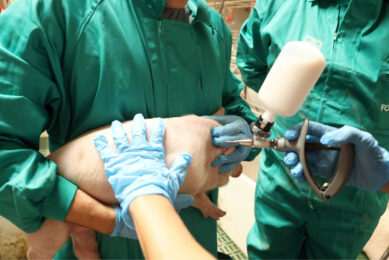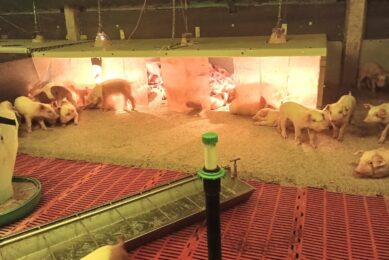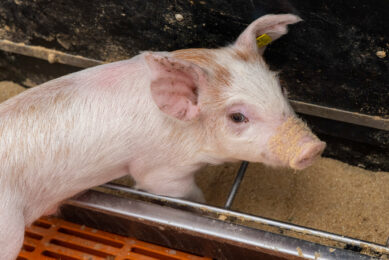Over 64% of piglets show inflammation symptoms
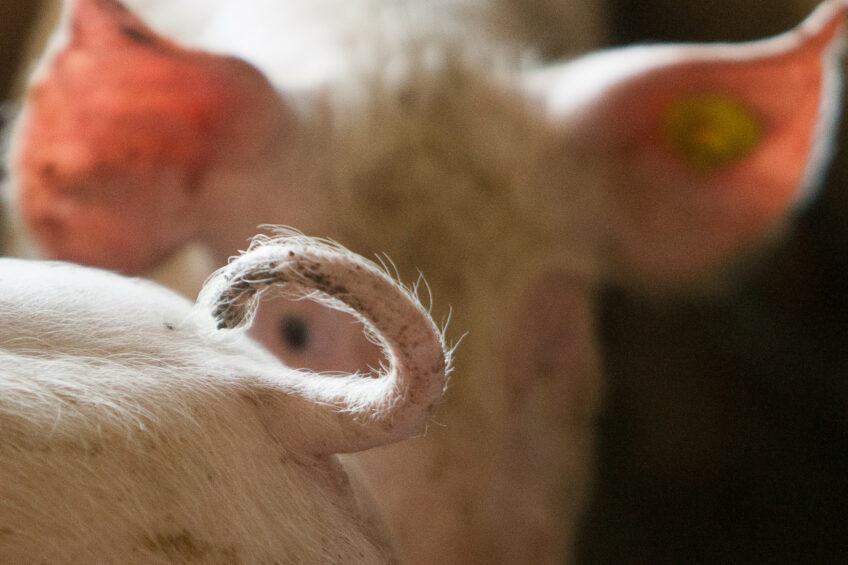
In total 64.1% of newborn piglets show signs of inflammation lesions to a greater or lesser extent. The result was the outcome of research to the application of a scoring system specified for Swine Inflammation and Necrosis Syndrome (SINS).
That message, shared by a team of researchers from the Netherlands and Germany, was published in the peer-reviewed journal Animals in January 2025.
Inflammation is an important topic. After all, if the animals suffer from inflammation straight from birth, they are not exactly off to a good start. As a consequence, less SINS in piglets prevents health and welfare problems.
SINS in piglets: Increasing amount of attention
The phenomenon of SINS has received increasing attention in recent years, which should be viewed in the context of a likely upcoming ban on tail docking in the EU. In recent years, the theme got highlighted by Prof Dr Gerald Reiner, head of the pig department at the Justus-Liebig-University Giessen, Germany. In the concept of SINS, all factors come together, including genetics, pen design, climate, feed composition, mycotoxins, roughage, pen enrichment, but also water supply. As Karin Koenders-van Gog, veterinarian at veterinary clinic Lintjeshof in the Netherlands and one of the authors of the article in Animals, put it: “SINS provides a biological explanation for (intestinal) inflammation from within and also provides starting points for the future of keeping animals with long tails.”
Over the last few years, a number of connections already was made. For example, there is a connection between the occurrence of SINS and the sow’s temperature around farrowing, the hardness of the manure at farrowing and water intake during gestation. A smooth transition from pregnancy to lactation of sows therefore leads to less inflammation in newborn piglets. External factors, such as the pen, also play a role in some inflammations. It appears that bleeding in the ball of the feet occurs more often as piglets get older.
The research in the Netherlands
The research team aimed to understand how often SINS were occurring on pig farms the Netherlands. An additional question was whether there would be a connection between certain farm conditions and SINS occurrence. The outcome was that the extent to which SINS occurs in the Netherlands is comparable to other countries where similar research had been done.
For this particular investigation, the team assessed 5,958 piglets on 13 farms during 20 visits for the presence of inflammation in their 1st days of life. The team paid attention to abnormalities like swelling, redness and hair loss. In more extreme cases, there would be necrosis, i.e. the death of body parts. The research team paid attention to for instance tail, ears, face, teats and legs.
The researchers also concluded that the SINS scoring system is an “easy-to-use, non-invasive diagnostic tool that summarises animal-based observations at the point of care,” adding that the tool is a good communication tool between stakeholders to enhance pig health and welfare.
Training of pig farmers
The veterinary clinic Lintjeshof, located in Nederweert, the Netherlands, is now training pig farmers so that they can observe inflammation in young piglets themselves. It requires a different way of looking at animals. An assessment system is also available. That is suitable to see how the company is doing and what the effect is of improvement measures to limit the impact of SINS. The ultimate goal would be to increase the welfare of pigs by really looking at animals and paying attention to what they need.



